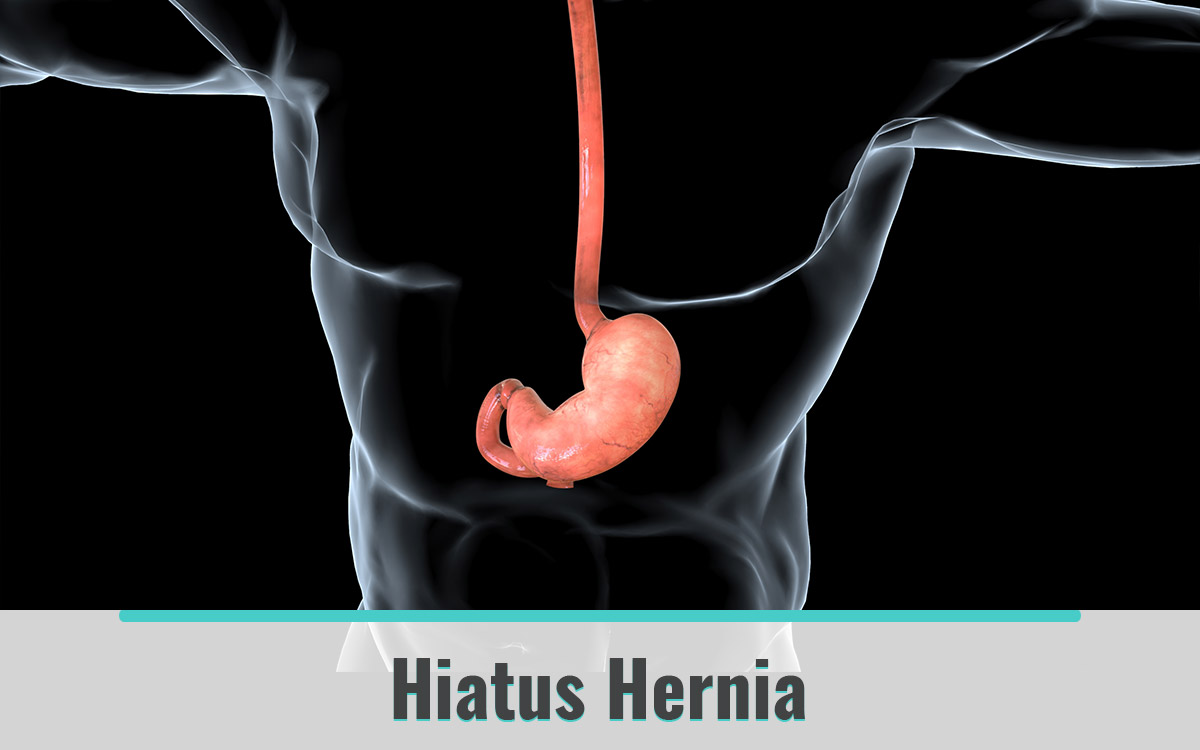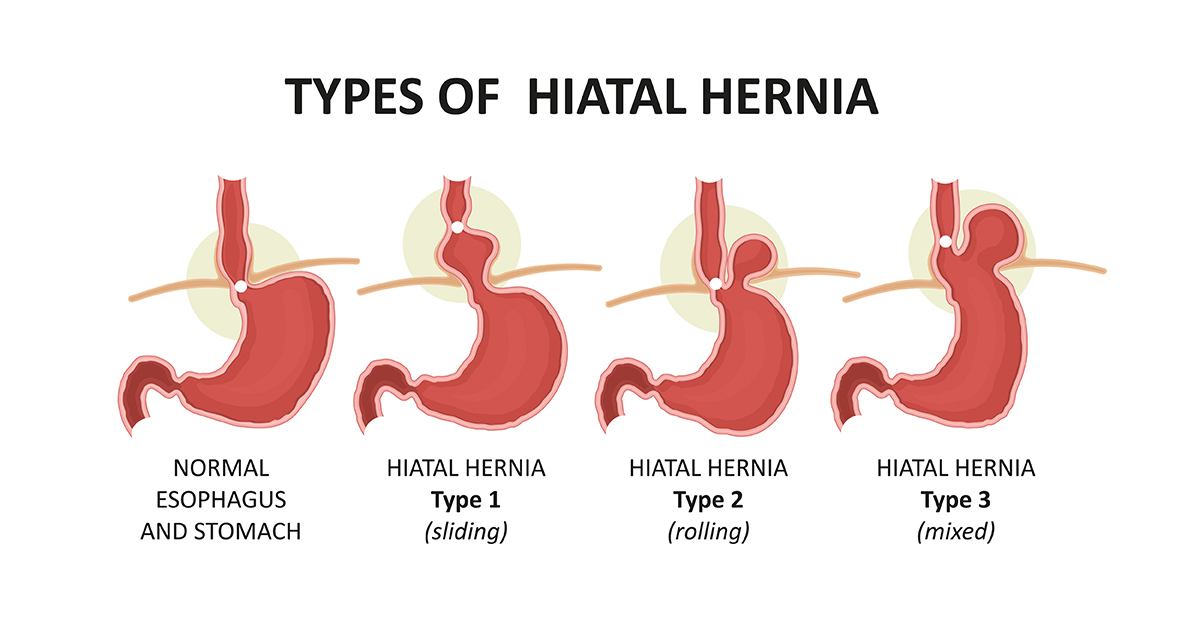


What are the symptoms?
- Many patients will be aymptomatic even after most of the stomach has migrated into the chest.
- Heartburn due to reflux of stomach contents irritating the gullet.
- Difficulty in swallowing food with a sensation of food being stuck in the chest.
- Early satiety leading to weight loss.
How is it diagnosed?
Many cases will be detected incidentally while having investigations for other conditions.
Endoscopy
A small, flexible tube with a camera is passed into the oesophagus, stomach, and small bowel to assess the damage caused by refluxing acid.
CT scan
A CT scan is used to assess the size of the hernia, identify the contents (sometimes bowel and other structures can follow the stomach) and to plan surgery if indicated.
Who needs Anti Reflux surgery?
- The surgical management of symptomatic Giant Hiatus Hernia (GHH) aims to improve quality of life and reduce the risk of life-threatening complications.
- Patients with small hiatus hernias (Less than 3-4 cm) and no symptoms do not need any surgical treatment.
- Patients with Giant Hiatus Hernia (GHH) (More than 1/3 of the stomach in the chest) with no symptoms may consider surgery if they are medically fit, to prevent a small risk of preventing twisting of the stomach which can be a life-threatening medical emergency.
- Patients with symptomatic hiatus hernia may consider surgery depending on the severity of their symptoms and their general medical condition (discussion regarding the risk benefit ratio in each individual case with the surgeon).
What complications can occur?
- As we operate in a very important area of the body with many important structures nearby there is a risk of damage to the oesophagus, stomach or lung lining, leading to leakage from this area, sometimes necessitating a further laparoscopic procedure, chest drain, or an open operation, to address the problem. These problems can require prolonged hospitalisation to resolve.
- Bleeding, possibly requiring a further laparoscopic procedure or open operation.
- The repair of the hiatus involves approximating muscles of the diaphragm which move with every breath and hence any repair in this region is constantly subjected to stresses. In view of this the chance of recurrence after a repair of GHH quoted in some studies is as high as 30%.





 Youtube Channel
Youtube Channel